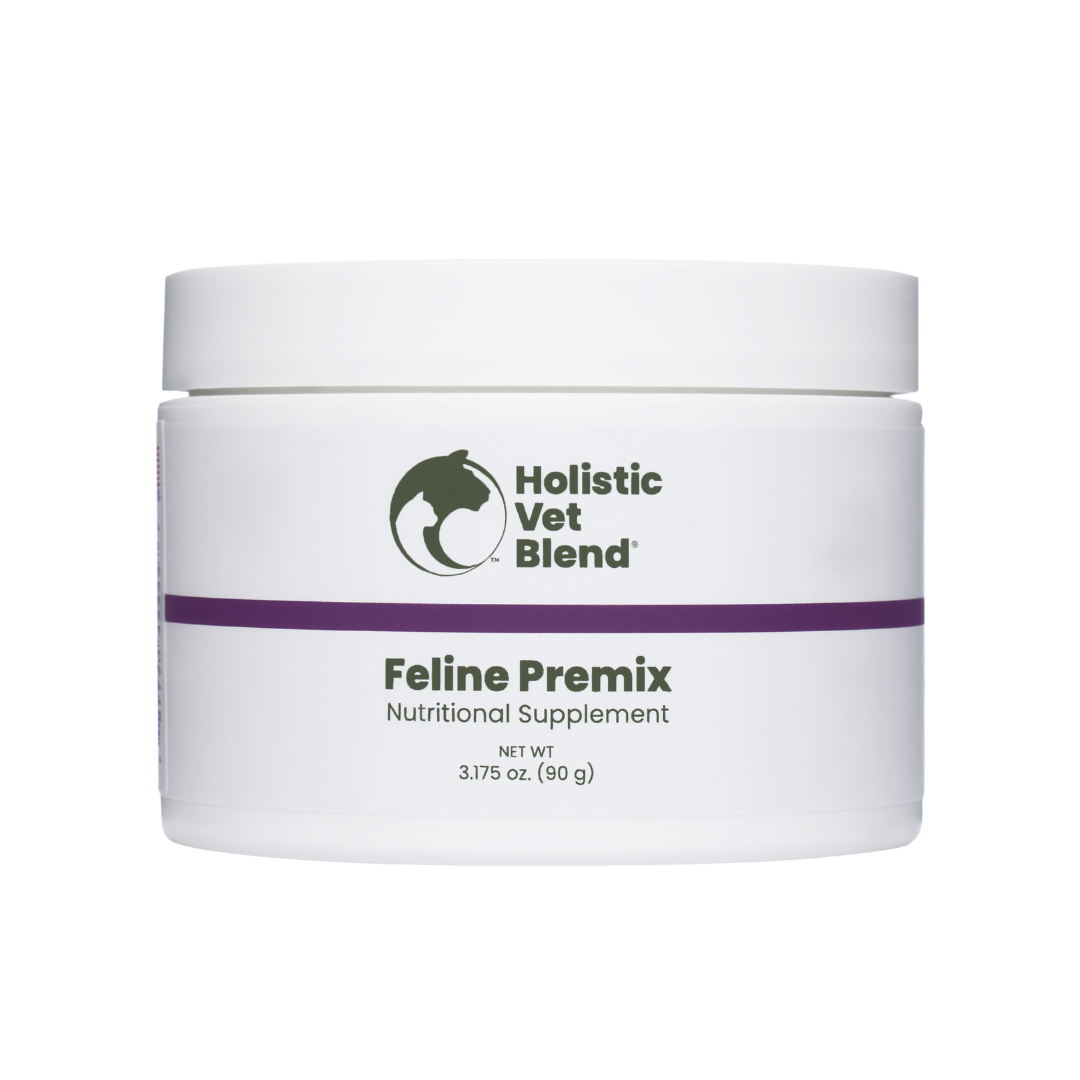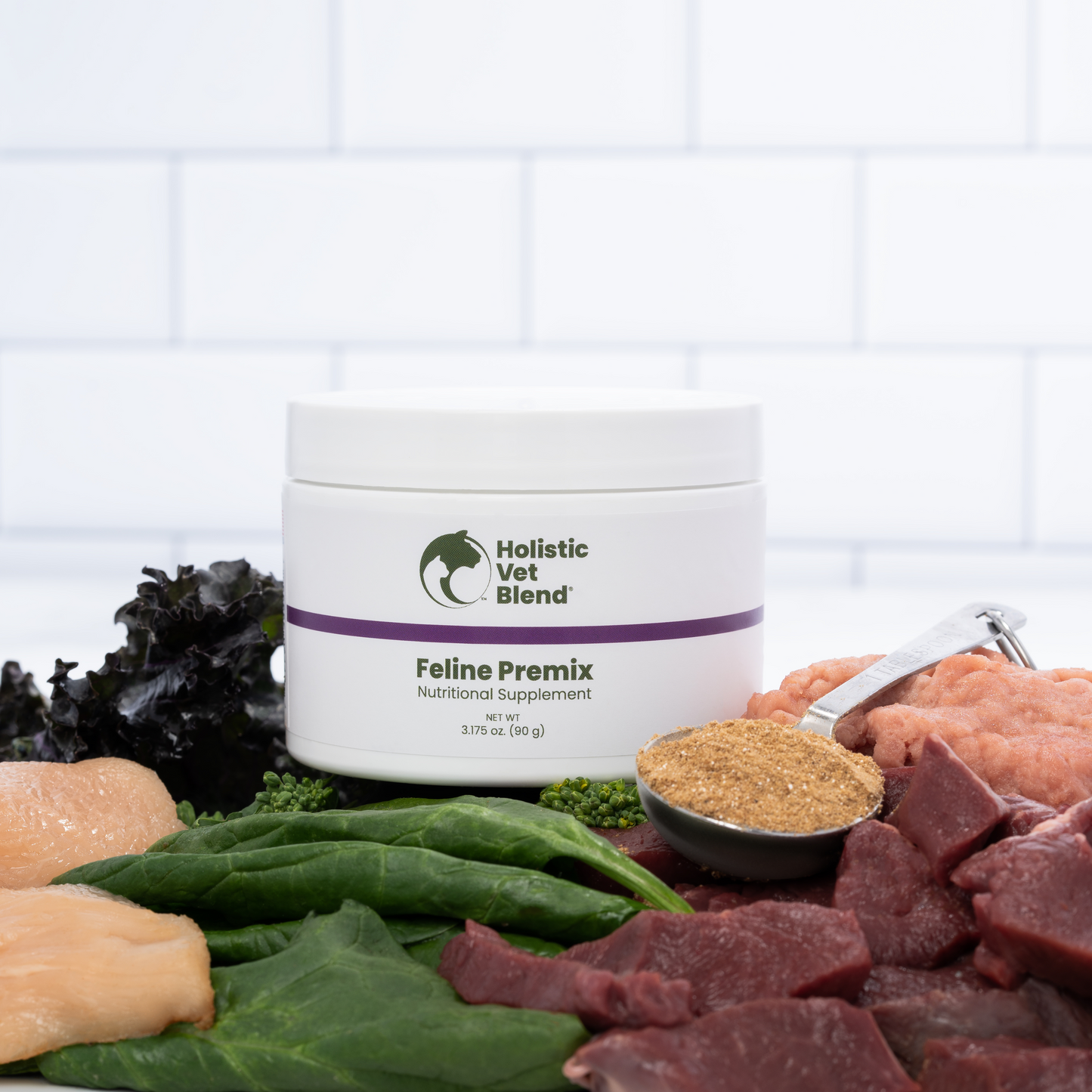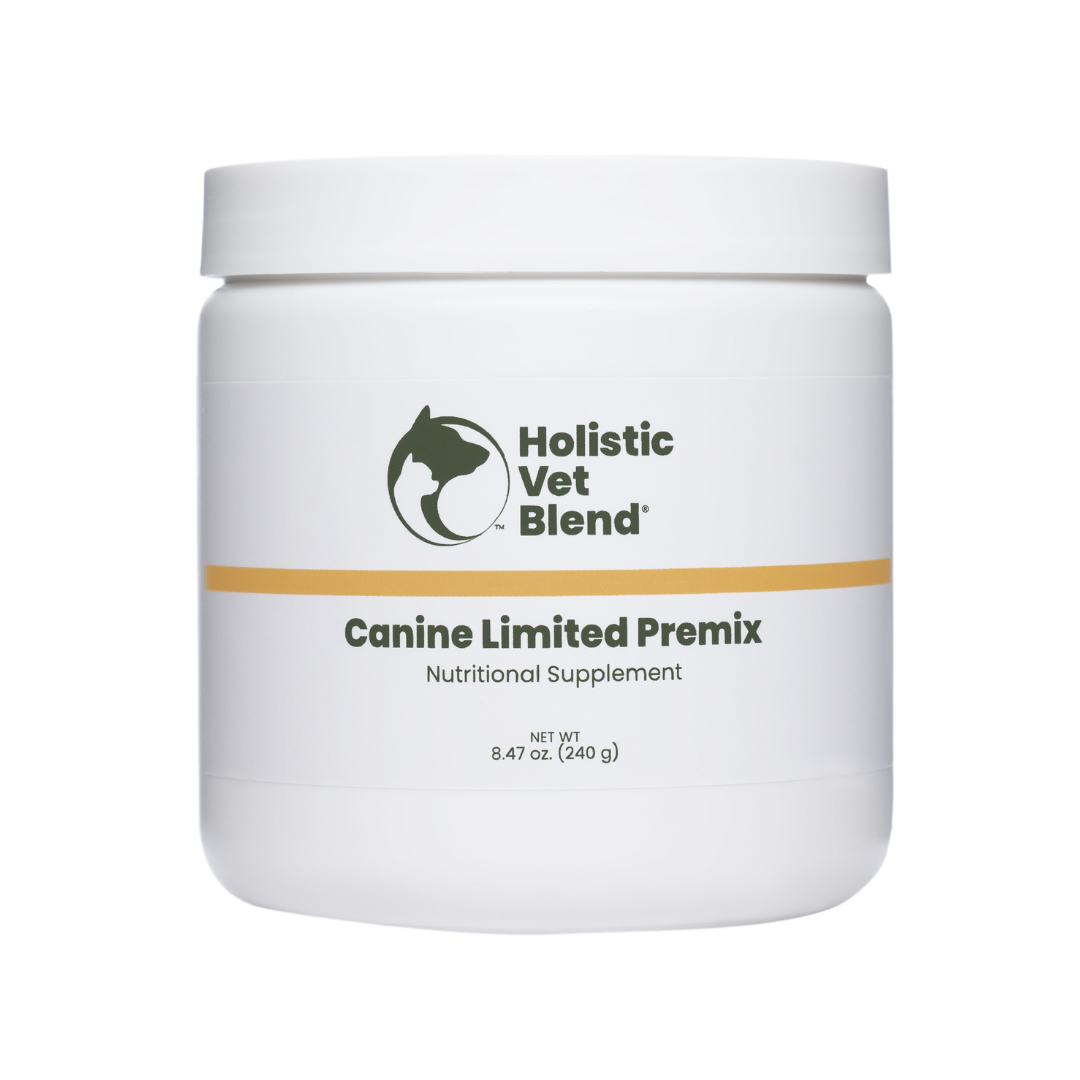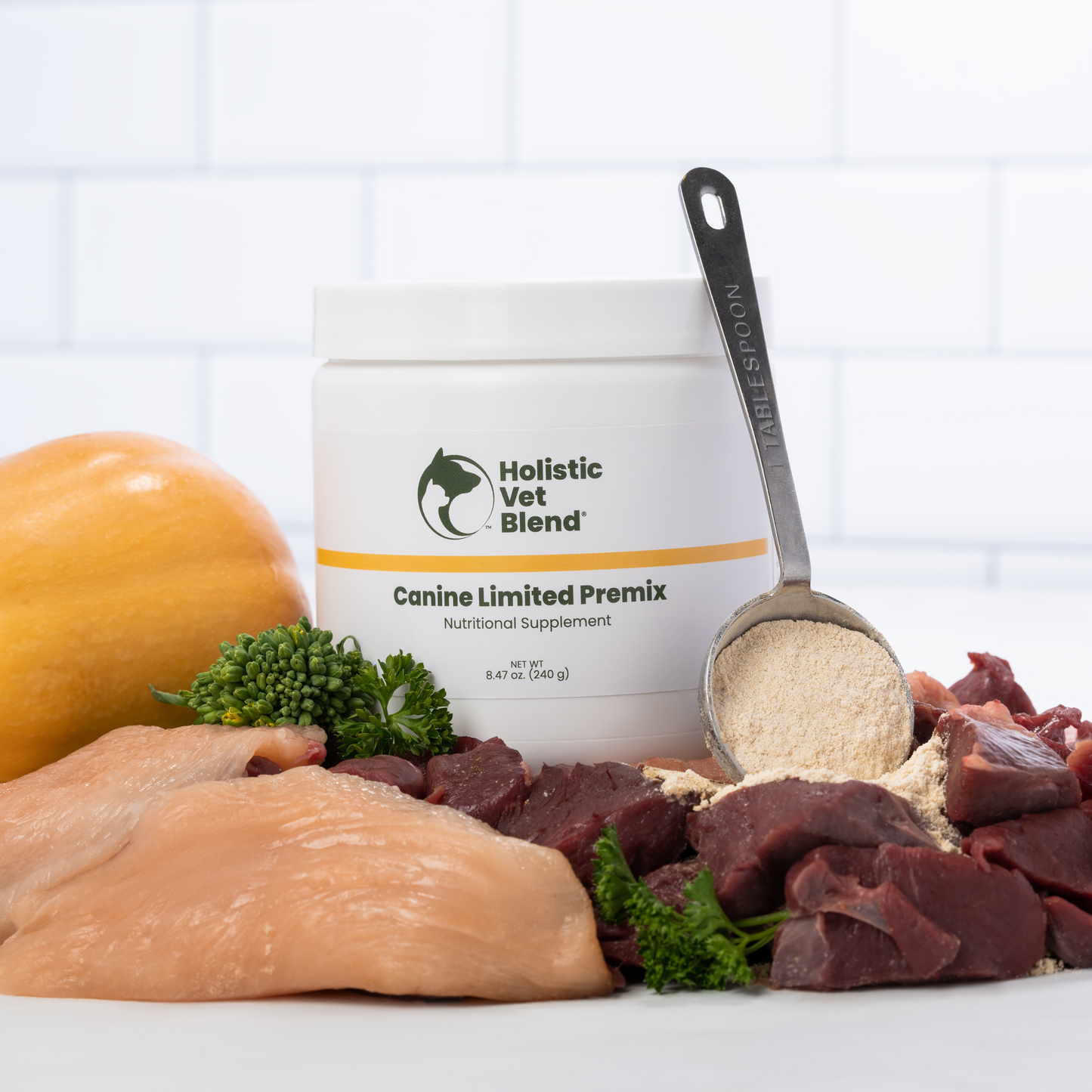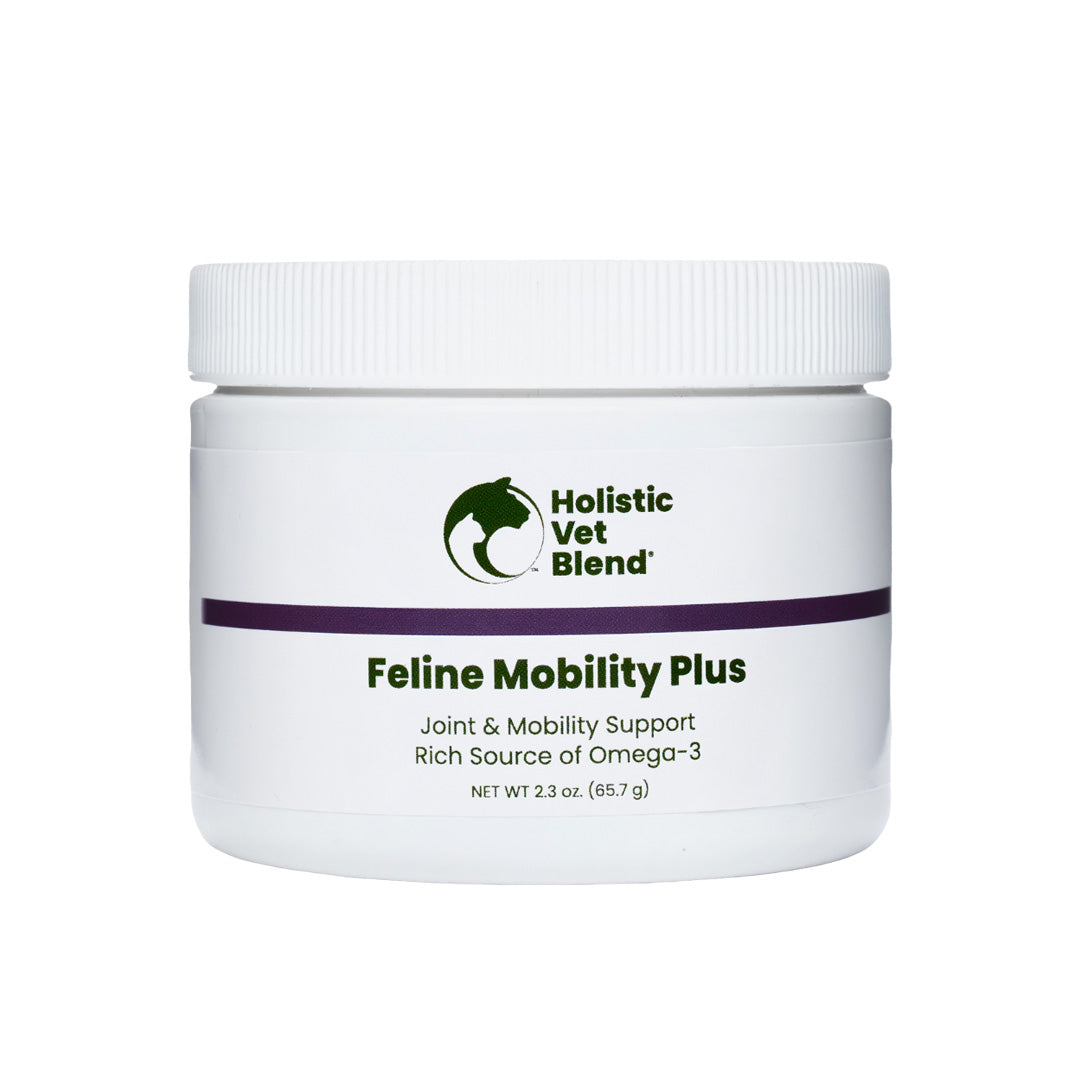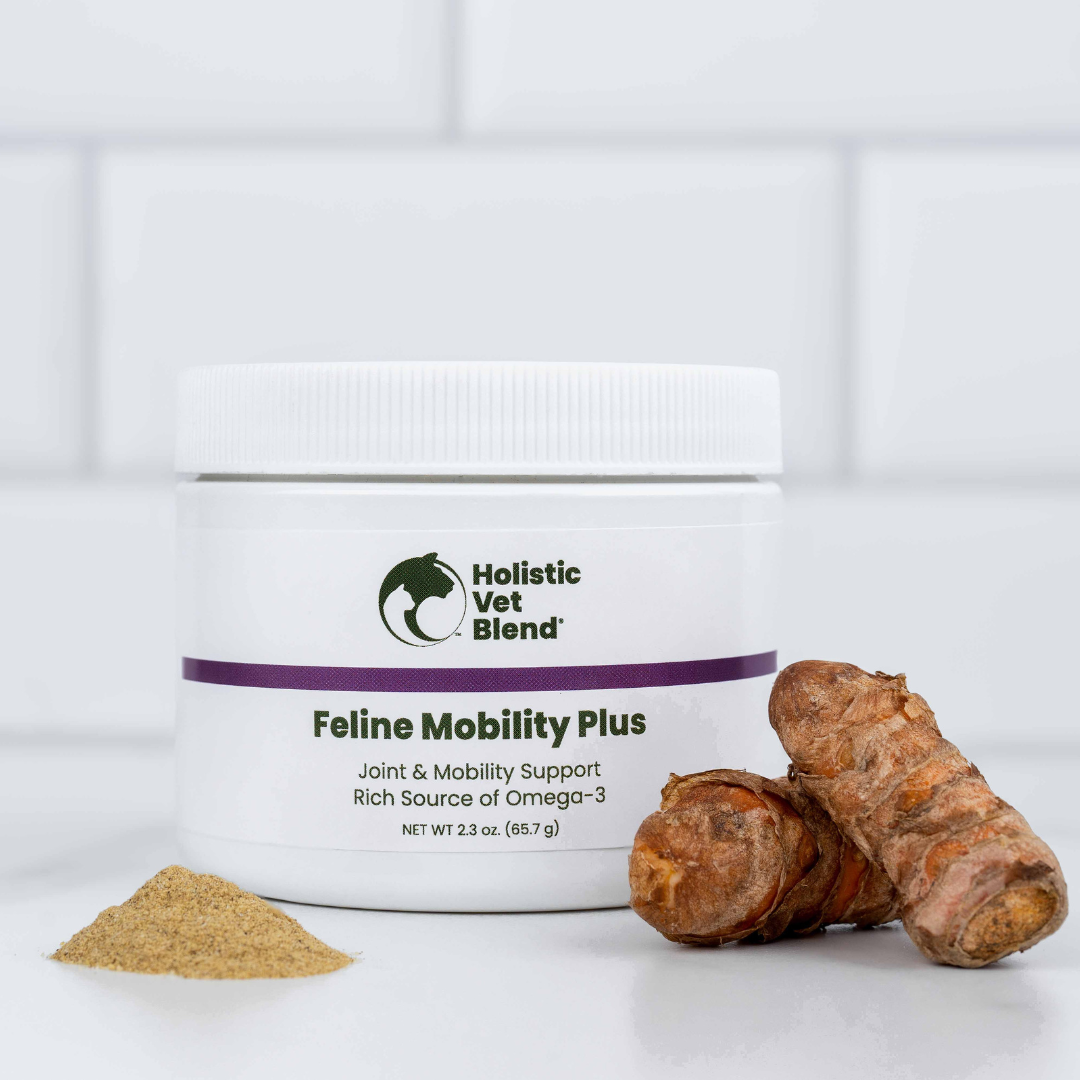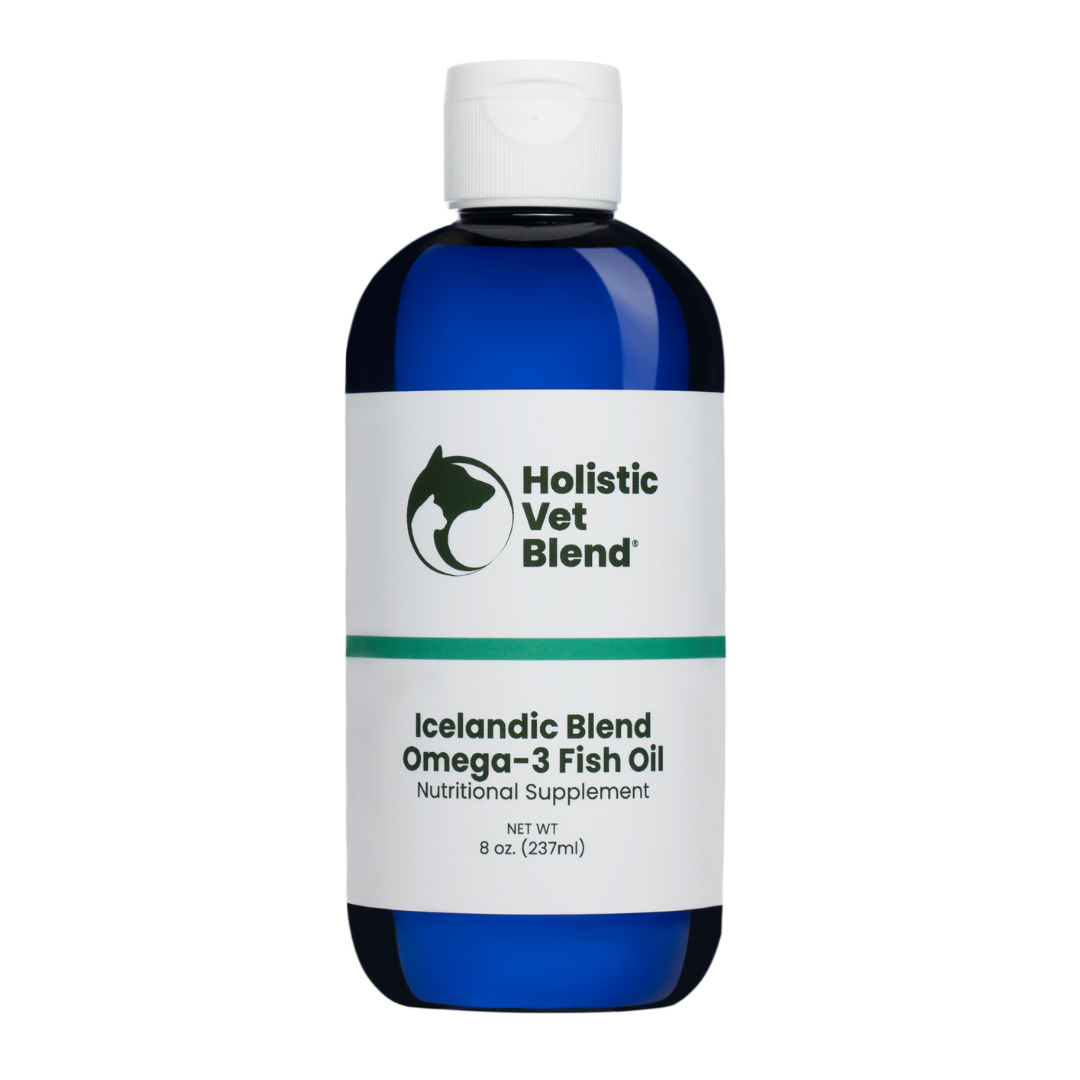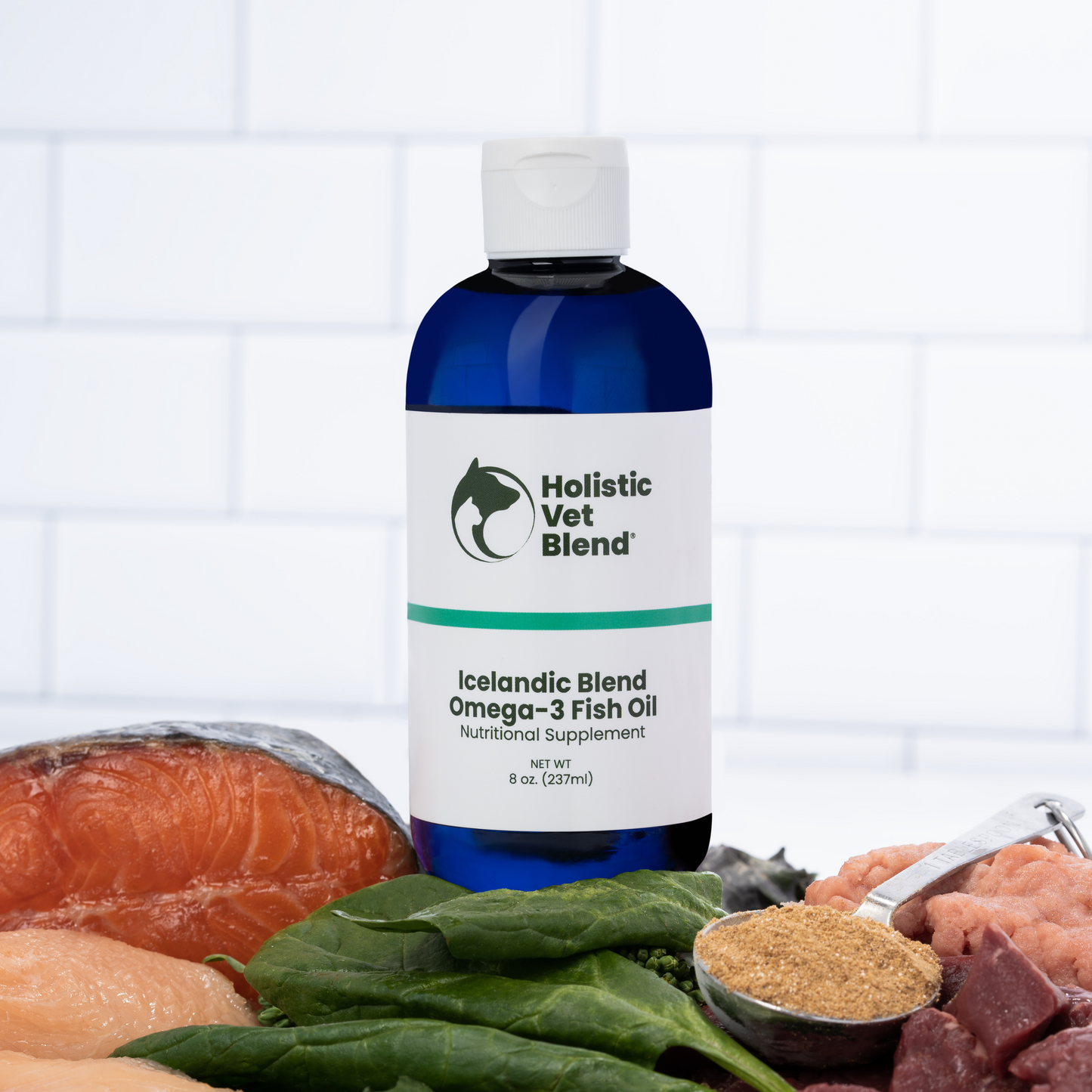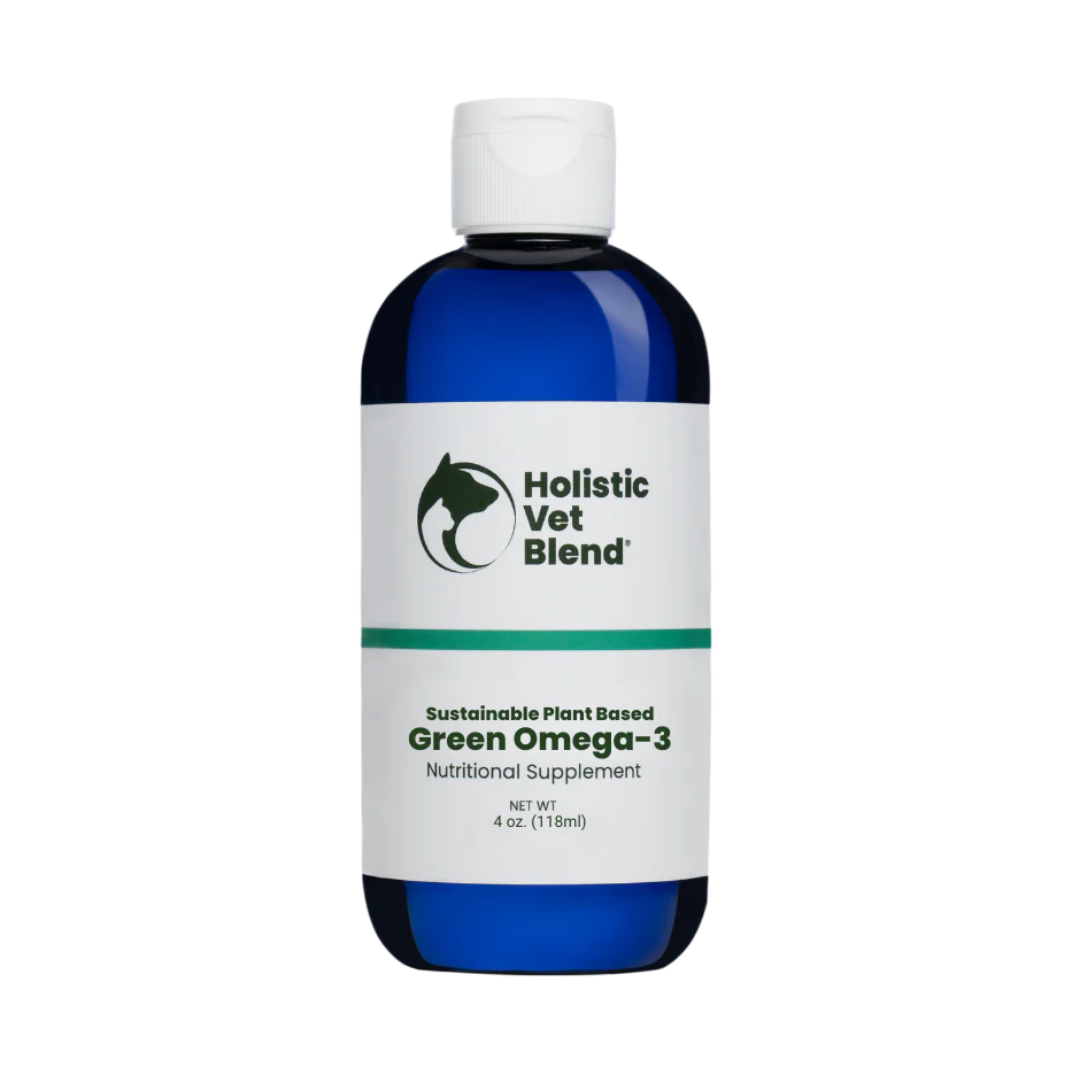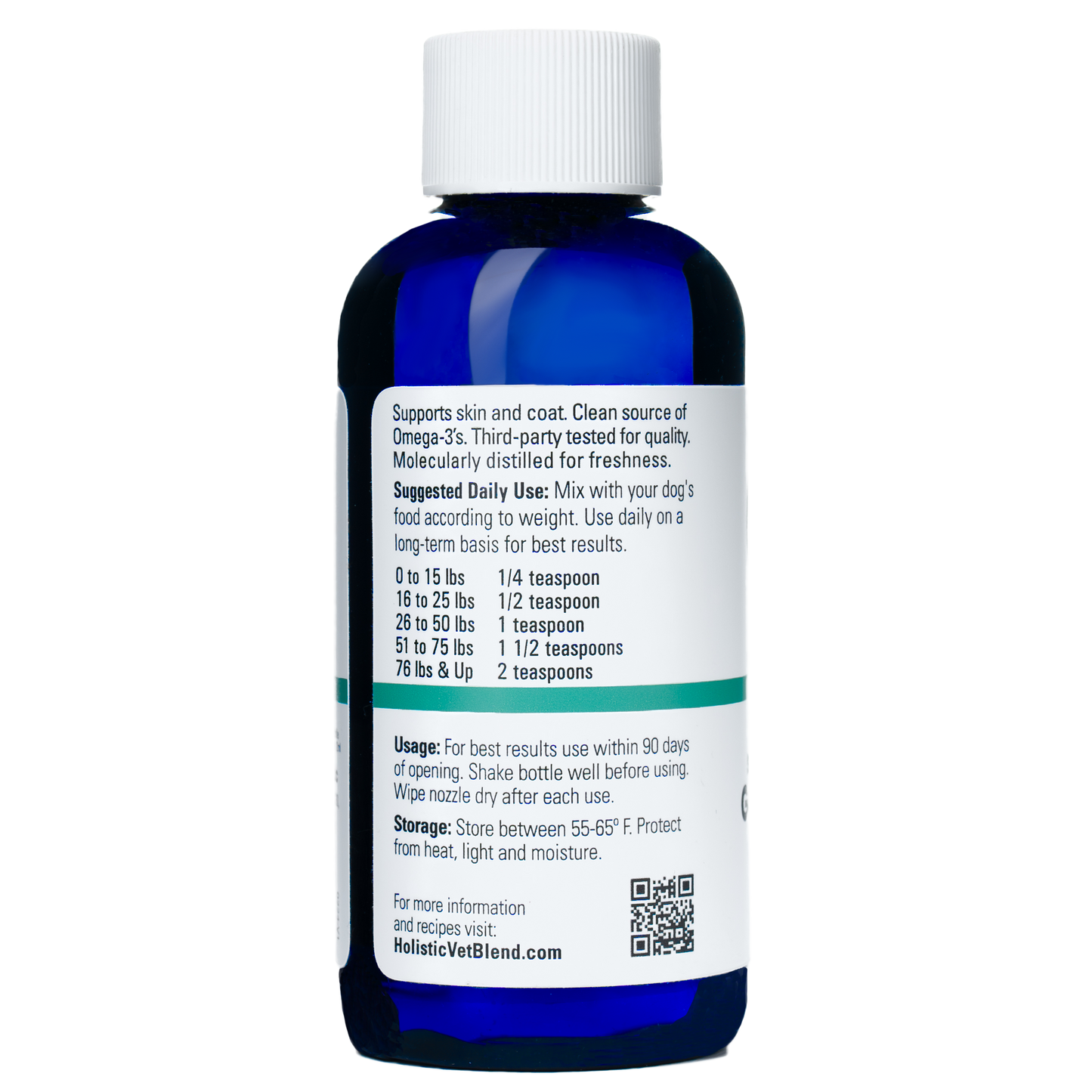
Key Highlights
- Cat hairballs are often a sign of an underlying health issue, such as overgrooming caused by stress, fleas, allergies, or pain.
- Cat hairballs can also be a sign of intestinal inflammation or inflammatory bowel disease (IBD), which causes abnormal gut motility.
- A hairball forms when loose hair accumulates in the cat's stomach, caused by excessive grooming and abnormal intestinal inflammation.
- Symptoms of hairballs in cats include hacking, gagging, and vomiting, which they cause an intestinal blockage.
- Regular brushing, a balanced diet, and adequate hydration can help manage hairballs.
- If your cat displays frequent hairballs or unusual symptoms, consult a veterinarian to rule out any serious health concerns.
Introduction
Hairballs are often seen as a normal part of a cat’s life, but they shouldn’t be. Frequent hairballs can signal underlying issues, such as overgrooming caused by allergies, fleas, or stress, or even intestinal inflammation linked to conditions like IBD. In this guide, we’ll explore what causes hairballs, what they might be telling you about your cat’s health, and how to address the root of the problem to keep your feline’s digestive system in top shape.
What are hairballs, and why do they form?
Hairballs form when cats groom and swallow loose fur caught by the tiny barbs on their tongues. While their digestive system can handle small amounts of hair, excessive ingestion—often due to overgrooming or underlying issues like inflammation—can cause problems. The excess hair can accumulate in the stomach, mixing with food and digestive fluids, and form what’s commonly known as a hairball, or trichobezoar.
The science behind hairball formation in cats
1. Impaired Gut Motility
Healthy cats rely on smooth gut motility to move ingested hair through the digestive tract, where it is expelled in feces. However, GI diseases like inflammatory bowel disease (IBD) can disrupt this process.
2. Nutrient Malabsorption
In conditions like IBD, inflammation damages the intestinal lining, reducing nutrient absorption. Poor gut health can lead to:
- A weakened digestive system.
- Altered microbiota composition, which may further impair digestion and motility.
3. Secondary Overgrooming
GI discomfort caused by diseases such as IBD or food intolerances can lead to overgrooming. Cats can also overgroom as a self-soothing behavior due to pain or stress. They can also overgroom from allergies or fleas.
Research Supporting the GI-Hairball Link
- Hairballs as an IBD Symptom: Hairball vomiting is often one of the earliest signs of IBD in cats. A study highlighted that frequent hairballs (occurring more than once a month) are strongly associated with gastrointestinal inflammation (1)(2).
- Motility Disorders: Cats with impaired motility—whether due to IBD, stress, or other conditions—are more likely to form trichobezoars because their stomachs cannot effectively expel non-digestible material like hair.
-
Progression to Serious Conditions: Untreated IBD not only increases hairball frequency but also causes chronic inflammation, which predisposes cats to intestinal lymphoma if left unmanaged (3).
Common Causes of Hairballs in Cats Related To Grooming
Grooming habits, cat age (seniors with arthritis or other illnesses tend to groom less), allergies, anxious grooming, and hair length all contribute to hairball formation. Longhaired breeds like Maine Coons and Persians have thick fur and shed more and may swallow more hair while grooming. This excess fur increases the likelihood of hairballs compared to shorthaired cats.
Dietary influences on hairball development
A cat's diet plays a key role in preventing hairballs, yet it’s often overlooked. Here’s how diet can help reduce hairball formation.
- Insufficient Fiber: If the diet does not have enough fiber, it can make it hard for the digestive system to move hair through the digestive tract.
- Poor Quality Food: Low-quality cat food often lacks essential nutrients necessary for normal gastrointestinal health.
- Dehydration: When a cat does not drink enough water, its digestive system struggles to process waste, including ingested hair. This leads to more hairballs.
- Dry food: Higher-moisture diets (wet food) have higher protein content, aid digestion, and prevent dehydration.
- Lack of Omega-3: Omega-3 fatty acids can reduce inflammation in cases of IBD.
Typical signs your cat might have a hairball
Cats that have hairballs may show signs of gagging or retching. This often produces a hacking sound as they try to dislodge something from their throat. You may also see your cat hunched over, stretching its neck.
When to be concerned about your cat's symptoms
Occasional hairballs are usually not a big deal. Some signs indicate that you should consult a veterinarian, such as a change in the cat's appetite, weight loss, chronic vomiting, or vomiting hairballs more than once a month. Lethargy or low energy is also concerning. Rarely, hairballs can also cause intestinal obstructions.
Coughing from asthma is a serious condition that can be mistaken for a cough caused by a hairball. If your cat is repeatedly hacking and has an increased respiratory rate, be sure to check with your vet. Asthma occurs more commonly in the spring and summer. If your cat ever exhibits open-mouth breathing, you should consult your vet as soon as possible.
Symptoms Suggesting GI Disease Behind Hairballs
Cats with underlying GI issues may exhibit:
- Chronic vomiting (with or without hairballs)
- Diarrhea or constipation
- Weight loss despite normal or increased appetite
- Abdominal pain or tenderness
- Dull coat or excessive shedding
Effective Solutions for Managing Cat Hairballs
Simple changes to your cat’s grooming routine, along with dietary adjustments and specialized products, can help reduce hairball issues and prevent them from recurring. These solutions focus on minimizing hairballs and helping hair move more easily through your cat’s digestive system.
Proper grooming techniques to reduce hairballs
One of the best ways to help with hairballs is to cut down on the amount of loose hair your cat eats. Regular grooming is key, especially during shedding seasons. When brushing your cat's fur, use a metal comb to reduce static. Short-haired cats need infrequent brushing. If your cat has long hair, brush them more frequently or consult your veterinarian or a professional groomer for advice.
Recommended diets and supplements
A balanced and healthy diet is paramount in managing hairballs. Choosing the right cat food can significantly contribute to reducing hairballs and maintaining a healthy digestive tract. Opt for high-quality cat food specifically formulated to minimize hairball formation. These specialized formulas often contain higher fiber content, which helps move hair through the digestive system more efficiently, preventing it from clumping together to form hairballs.
Consider incorporating supplements like fish oil or fiber-rich pumpkin into your cat's diet, but consult your veterinarian first. They may have suggestions to support their digestive health further and reduce hairball occurrence.
|
Supplement |
Benefits |
|---|---|
|
Promotes healthy skin and coat, reducing shedding |
|
|
Adds fiber to the diet, aiding digestion |
|
|
Probiotics |
Restoring gut microbiota balance can enhance digestion and reduce inflammation. Look for strains like Bifidobacterium animalis.
|
|
Stress reduction |
Enrich your cat’s environment with toys and vertical spaces to reduce anxiety-driven overgrooming.
|
Conclusion
In summary, addressing your cat’s hairball issues is essential for their overall health and well-being. Regular grooming, a proper diet, and the right supplements can go a long way in managing and reducing hairballs. Be sure to monitor for any signs of trouble and consult your vet if needed. For more tips and answers to common questions about hairballs, check out our FAQ section below.
Frequently Asked Questions
How often should I groom my cat to prevent hairballs?
The best way to prevent hairballs is to establish a regular grooming routine. Short-haired cats need infrequent grooming. Long-haired cats may need daily brushing, with short sessions focusing on a few areas at a time to decrease stress.
Action Plan to Reduce Hairballs
- Regular Grooming
- Diet Optimization: Transition to high-quality wet food or minimally processed homemade food with added fiber and omega-3 fatty acids for gut health support.
- Hydration: Encourage water intake by using fountains or adding water to meals to improve gut motility.
- Veterinary Checkups: Schedule regular exams to monitor for early signs of GI disease, especially if your cat vomits hairballs more than once a month.
- Behavioral Enrichment: Provide toys and climbing structures to reduce boredom-related overgrooming.
Western Medicine Interventions
- Diagnostic Testing: Bloodwork, fecal exams, ultrasounds, and biopsies help identify underlying gastrointestinal (GI) diseases, such as inflammatory bowel disease (IBD) or obstructions.
- Diets: Novel protein or hydrolyzed diets are often recommended for cats with suspected food allergies or intolerances contributing to IBD.
- Medications: May be prescribed for severe cases of IBD or motility disorders.
- In rare cases where a trichobezoar completely obstructs the passage, surgical removal may be necessary.
Citations:
(1) https://pmc.ncbi.nlm.nih.gov/articles/PMC10812032/
Pawenski M, Smola CC, Dionne T, Larson M. Histopathologic diagnosis and patient characteristics in cats with small intestinal obstructions secondary to trichobezoars. J Feline Med Surg. 2023 Sep;25(9):1098612X231196231. doi: 10.1177/1098612X231196231. PMID: 37747322; PMCID: PMC10812032.
(2) https://pubmed.ncbi.nlm.nih.gov/23254238/
Cannon M. Hair balls in cats: a normal nuisance or a sign that something is wrong? J Feline Med Surg. 2013 Jan;15(1):21-9. doi: 10.1177/1098612X12470342. PMID: 23254238; PMCID: PMC10816490.
(3) https://doi.org/10.2460/javma.243.10.1455
Norsworthy, G. Diagnosis of chronic small bowel disease in cats: 100 cases (2008–2012). JAVMA. 2013 Nov;243(10)




